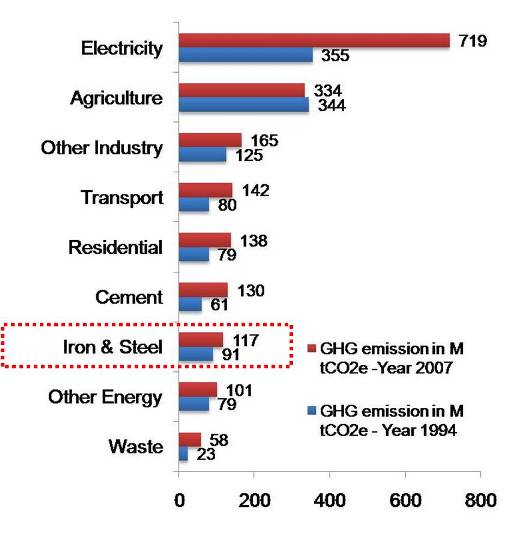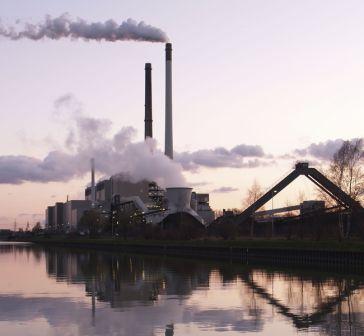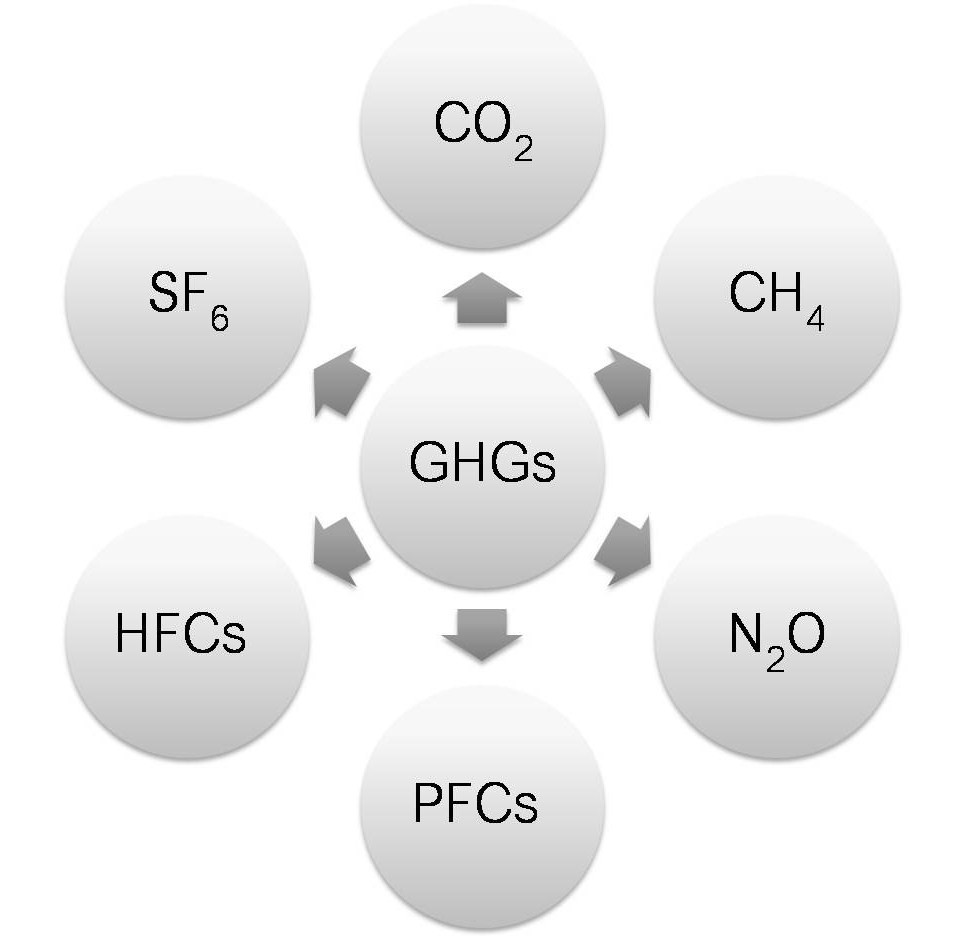Green House Gas inventory-Indian NATCOM
Note: Read snapshot of India’s Green House Gas emission Report (2007) here
Excess release of pollutants in the atmosphere is a starting point of any environmental pollution. Growing accumulation of green house gases accelerates the green house effect that further results into additional warming of the planet. Climate change is real and it’s effects have been already visible. Since past 200 years industrial revolution subsequently resulting in higher consumption of natural resources like fossil fuels and minerals. Growing concern about the environmental pollution and climate change initiated relevant procedures to identify and record the sources of GHG emissions. GHG inventory provides qualitative and quantitative information about the problem causing gases and allows us to make arrangements to mitigate it.
Basically GHG inventory acts like a data base to create informative platform for the policy makers, scientist and the needy one. GHG inventory is developed in following five steps leading to the creation of credible data base. These steps are -Identification of GHG sources, Selection of GHG quantification methodology, Selection and collection of GHG activity data, Selection and development of GHG emission and removal factors, Calculation of GHG emission or removal as may relevant to the inventory.
Purpose of GHG inventory is to share information about the greenhouse gases. Scientist working on different projects in the fields of climatic science, earth science, atmospheric science etc needs credible GHG data for research purpose. In addition, Policy makers need exact data to create legislation and regulations. GHG inventory has become a solo data source for these requirements and creates an easy to use tool.

Mandatory emission reporting schemes have been imposed by different regulations, protocols and conventions since past 15 years. Kyoto protocol is an international agreement linked to the UNFCCC featured with legally bindingGHG emissiontargets.Kyoto protocol imposed every member country to form a national GHG inventory.
India is a party to the UNFCCC and committed to account its GHG emission. In this context, Indian Government has established National Communications (NATCOM) to the UNFCCC. National green house gas inventory under the NATCOM maintains complete mapping of green house gases such as CO2, CH4, SF6, N2O, PFC and HFC.





While the Copenhagen summit faelid to get all countries on board on the issue of climate change, the Delhi Metro Rail Corporation (DMRC) claims to have carved out a green path for itself.The DMRC has submitted a Clean Development Mechanism (CDM) proposal to the Ministry of Environment and Forests to earn carbon credits for the ‘modal shift’ of Metro commuters. The logic: Metro commuters are preventing carbon emissions by using public transport, as opposed to private cars.The ministry is considering the project. If it comes through, it is likely to open doors for similar CDM projects for other public transport systems — the CNG-run Bus Rapid Transit system, for example, could be one.Another CDM project of the Delhi Metro — saving energy through ‘regenerative’ braking in trains — has also begun to rake in carbon credits. This makes Delhi Metro the first government agency in the Capital, and the first railway system in the world, to earn carbon credits. Under the same project, DMRC will now earn credits for its first phase of operation — between 2004 and 2007.
Thanks for this information. I do support public transport systems as it is considerably important to reduce GHG emissions coming from transportation. Carbon credits incentive will definitely help such projects.